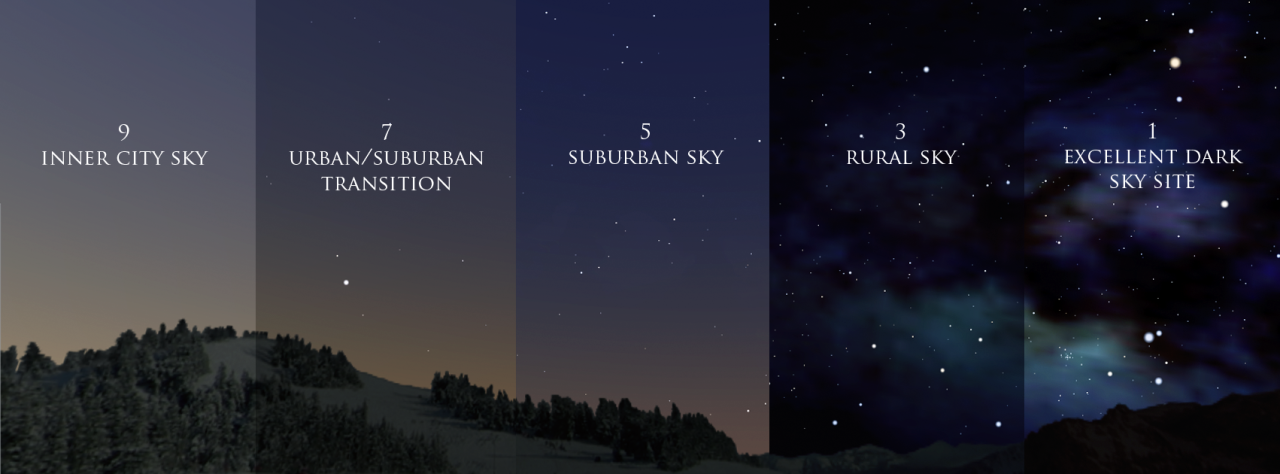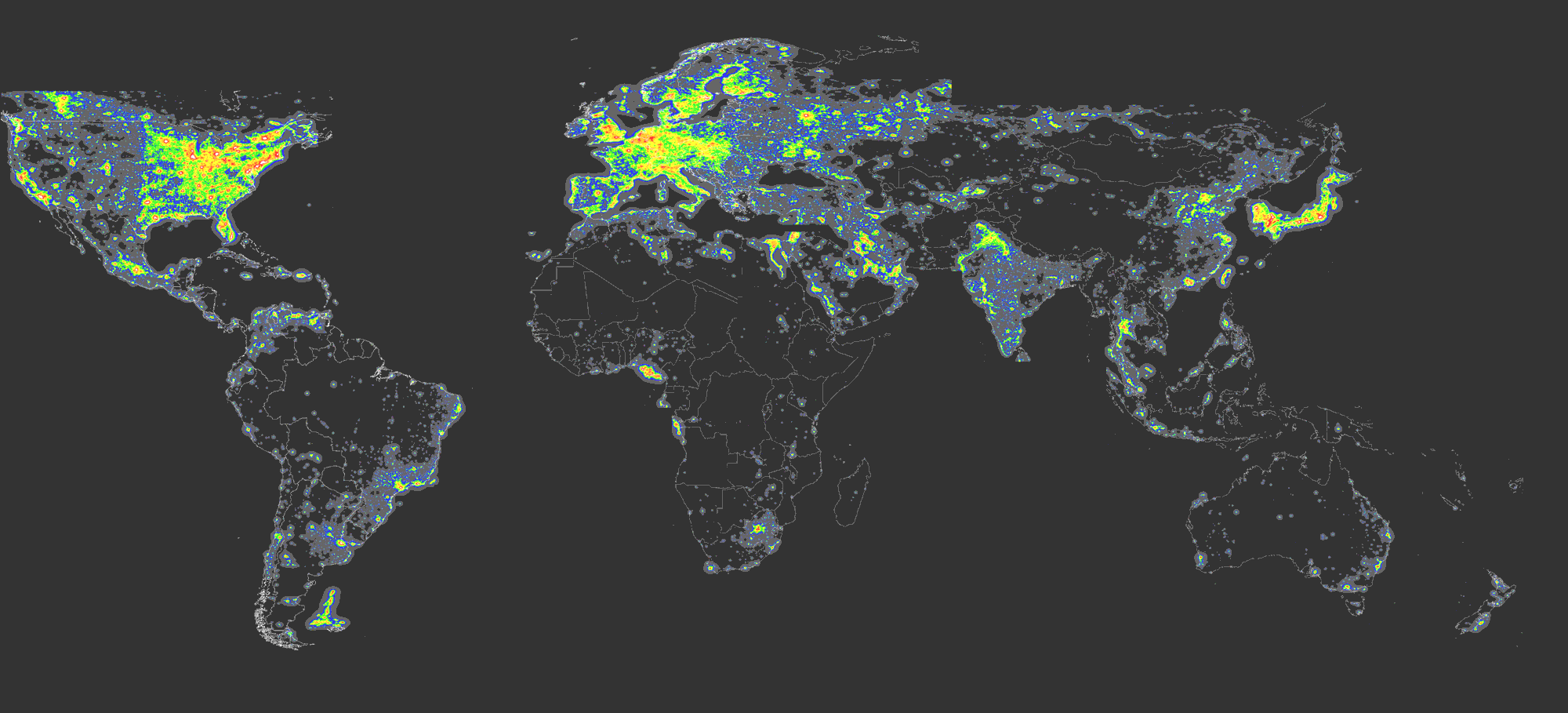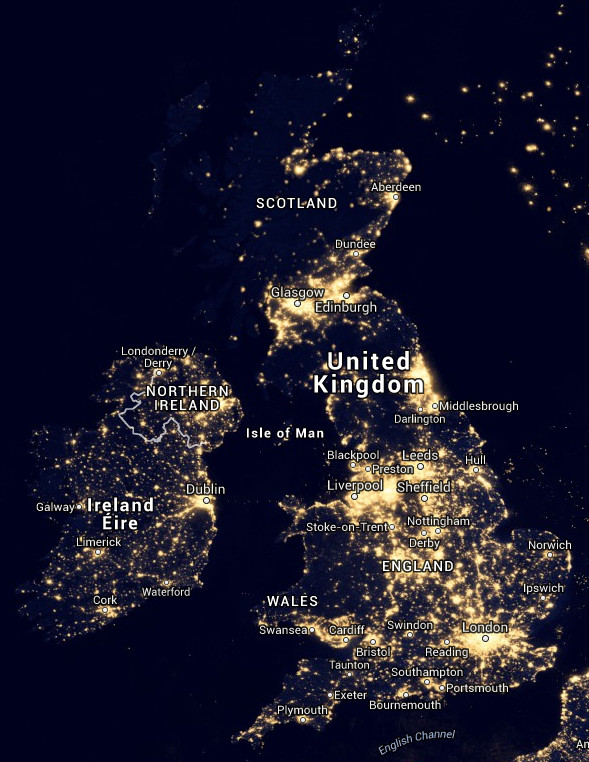With the days getting longer and longer ,opportunities to view the night sky in Shetland become very difficult. We are moving towards Simmer Dim when its virtually light all night, you can even read outside after midnight without a light.
Looking back on this winter you notice that the nights are actually darker than when we lived in Sheffield. There is still light pollution from Cunningsburgh and then further north to Lerwick. They missed an opportunity when they failed to replace the streetlights with LED lights which give a whiter light, not the orange glow usually associated with street lights.
Darker skies mean that you can see more stars especially when the moon is not showing

Save our Stars is an initiative to get people thinking and looking at astronomy visiting darker sites not the light polluted urban sites.
The Bortle Dark - sky scale is the measurement of how dark the sky is. there are 10 sections to consider

Credit: Del Mar Fans
"http://www.delmarfans.com/educate/basics/lighting-pollution/"

I would say that I consider Sandwick in Shetland to be class 2 - 3

There are few places in Europe that will be class 1 perhaps northern Scandinavia is the best spot, but Shetland away from Lerwick Scalloway and Brae do offer far better chances of a dark sky than the mainland England.

North America and Northern Europe are poor places for light pollution

Light pollution in Shetland mostly around the central area and the oil fields out to the east.
Choosing a night which is as dark as possible will mean one with no moon. I have been surprised when talking to others about astrophotography that they think they need to light from the moon to take star photos, a natural conclusion when you think of normal day time photography.
I would highly recommend this book it really gets you thinking !

The Shetland Island council indicated in their document http://www.shetland.gov.uk/developmentplans/documents/LIGHTLEAFLETpdf.pdf (2004)
that they intend to use lights that shine down like the LED lights but seem not to have taken this into account in the Cunningsburgh area.
When the Daily Telegraph listed the best sites for star gazing in the UK they failed to list Shetland although looking at the content they seem more to value what accommodation is available locally then the actual site
We can all help in reducing light pollution, do you really need all your lights on. One of our neighbors leaves all his room lights on all night another doesn't seem to have a sensor on his outdoor light. it worth checking out this site http://www.need-less.org.uk/ the Night Sky simulator near the bottom of the page, although for some reason they don't go any further north than Fair isle
While some may say they need light for safety reasons we can easily reduce the amount we use and at the same time reduce our bills . The SIC has now started to turn some street lights off at certain times, more to reduce costs. Did you for instance turn your lights off for an hour at 20.30 pm on the last Saturday in March as part of Earth Hour ? this is a world wide event. The next time for Earth Hour is the 26 March 2016.







